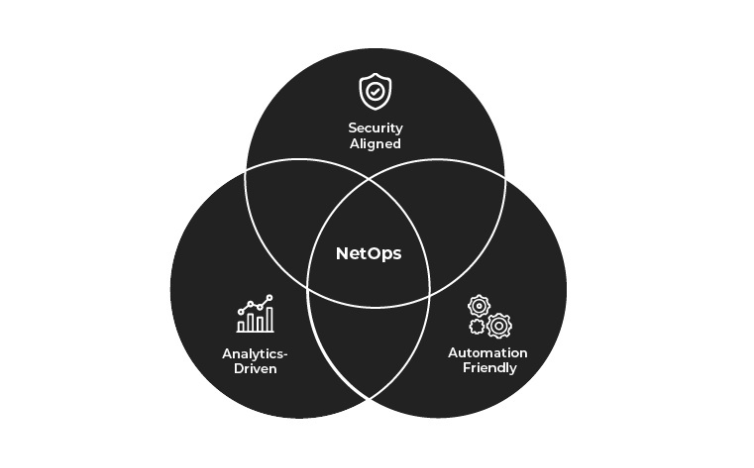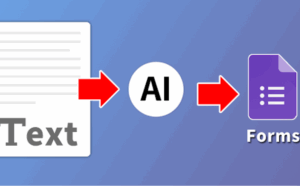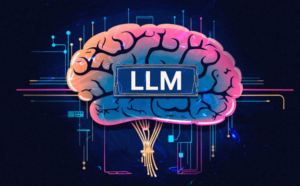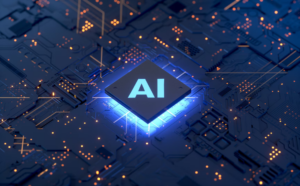Network Operations (NetOps) has seen significant evolution with the integration of Artificial Intelligence (AI). AI brings efficiency, predictive capabilities, and automation to various networking tasks. However, there are still areas where human expertise remains irreplaceable. Let’s explore five tasks where AI excels in NetOps and five where it still falls short.
Table of Contents
AI-Powered Networking Tasks
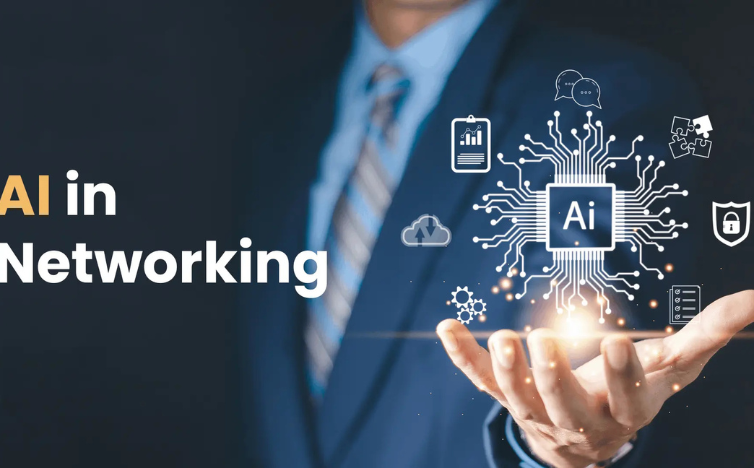
1. Predictive Maintenance
AI can analyze network data to predict potential failures and outages before they occur. By leveraging machine learning algorithms, AI identifies patterns and anomalies in network traffic, allowing NetOps teams to preemptively address issues. This proactive approach minimizes downtime and enhances network reliability.
2. Automated Troubleshooting
AI-driven tools can quickly diagnose and troubleshoot network issues. These systems use historical data and real-time analytics to pinpoint the root causes of problems, offering solutions faster than traditional methods. Automated troubleshooting reduces the time and effort required from human operators, allowing them to focus on more complex tasks.
3. Traffic Optimization
AI algorithms can optimize network traffic by dynamically adjusting routing paths based on current demand and congestion levels. This ensures efficient use of network resources and improves overall performance. AI-driven traffic optimization helps maintain a seamless user experience, particularly in high-demand environments.
See Also: 7 Best AI Tools for Data Analysts
4. Security Enhancements
AI plays a critical role in enhancing network security. It can detect and respond to cyber threats in real-time by analyzing large datasets for malicious patterns. AI systems can identify new and emerging threats more quickly than human analysts, offering a robust defense against cyberattacks.
5. Capacity Planning
AI assists in accurate capacity planning by analyzing usage patterns and predicting future network demands. This allows NetOps teams to make informed decisions about infrastructure upgrades and resource allocation, ensuring networks are scalable and capable of handling growth efficiently.
Networking Tasks Beyond AI’s Reach
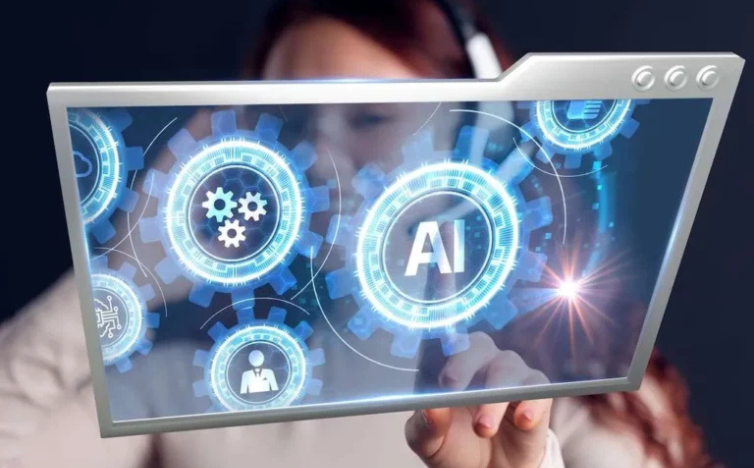
1. Strategic Decision-Making
While AI excels at data analysis, strategic decision-making relies on human intuition and experience. Determining long-term network architecture and policy requires insights that AI cannot currently replicate. Human experts are essential for aligning network strategies with business goals.
2. Complex Problem Solving
AI struggles with complex, multi-faceted problems that require creative thinking and innovation. Situations with numerous variables and unforeseen challenges necessitate human intervention and ingenuity to devise unique solutions.
3. Interpersonal Communication
Effective communication and collaboration with stakeholders, vendors, and team members are crucial in NetOps. AI can provide data-driven insights, but it lacks the emotional intelligence and interpersonal skills required for successful collaboration and negotiation in a human-centric environment.
4. Regulatory Compliance
Navigating the intricate landscape of regulatory compliance demands human expertise. While AI can assist with data collection and analysis, interpreting and applying compliance regulations requires a nuanced understanding of legal frameworks and industry standards.
5. Ethical Considerations
AI lacks the ethical judgment necessary to make decisions that impact privacy, security, and user rights. Human oversight is crucial to ensure that AI applications in networking adhere to ethical standards and respect individual and organizational rights.
See Also: Ethical Issues of Artificial Intelligence
Conclusion
AI has undoubtedly transformed how network operations are managed, offering automation and efficiency in many areas. However, the role of human expertise remains indispensable in strategic decision-making, complex problem-solving, and ethical considerations. For NetOps professionals, the key is to leverage AI’s strengths while honing human skills that AI cannot replicate. By striking this balance, organizations can optimize their network operations and stay ahead in an increasingly digital world.
Stay informed and empowered by integrating AI tools into your network operations while keeping the irreplaceable human element at the forefront.
FAQs
How does AI predict network failures in predictive maintenance?
AI uses machine learning algorithms to analyze historical and real-time data from network devices. By recognizing patterns and detecting anomalies that precede network issues, AI can forecast potential failures, allowing NetOps teams to take preventive measures before disruptions occur.
Can AI completely replace human operators in network troubleshooting?
No, AI cannot completely replace human operators. While AI can automate routine troubleshooting tasks and accelerate issue resolution, human operators are still needed for complex problem-solving and strategic decision-making where creativity and intuition are required.
Is AI capable of ensuring full compliance with industry regulations?
AI can assist in data gathering and analysis for compliance but lacks the ability to interpret legal texts and apply regulatory standards nuanced to each organizational context. Human expertise is required to ensure thorough understanding and adherence to compliance regulations.
How does AI enhance network security?
AI enhances network security by continuously monitoring network traffic and identifying potential threats through pattern recognition and anomaly detection. This real-time analysis allows for faster response to threats, helping to mitigate risks before they escalate.
What role does AI play in capacity planning?
AI aids in capacity planning by analyzing past usage trends and predicting future demands. This helps NetOps teams allocate resources effectively and plan infrastructure upgrades, ensuring networks remain scalable and capable of supporting growth without over- or under-provisioning.

